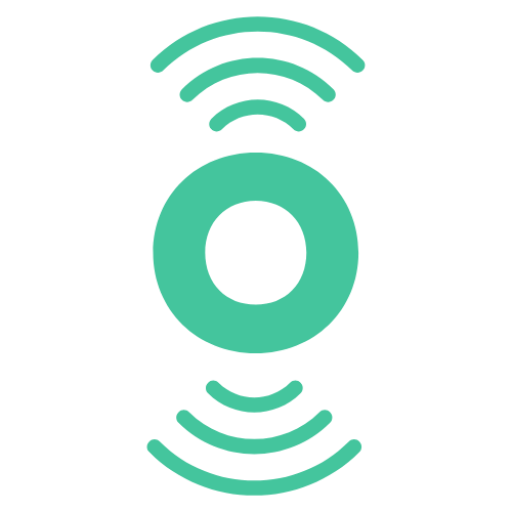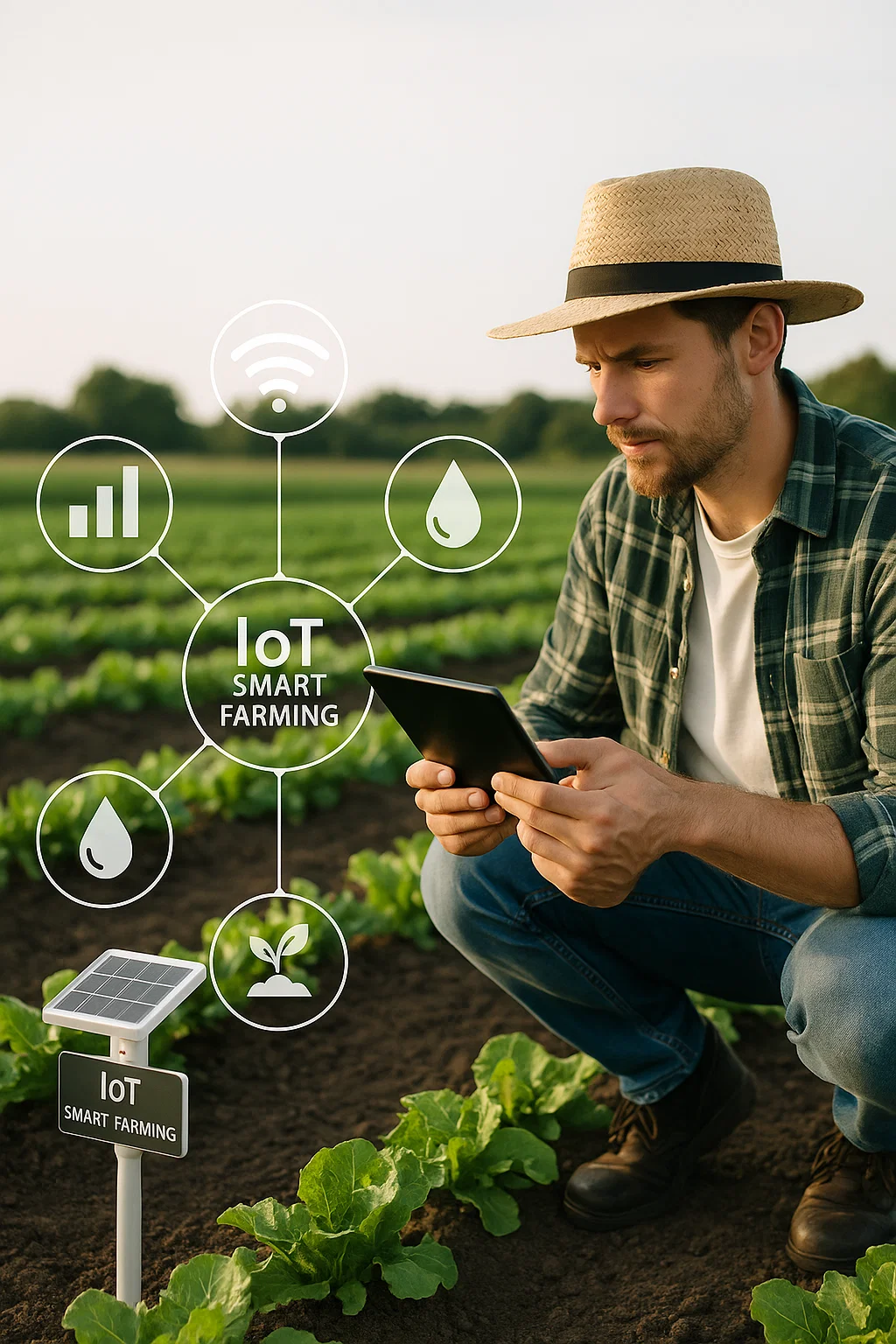Smart Farming with IoT is transforming agriculture, making it more efficient and sustainable. Picture this: a farmer in the middle of a vast field, standing under the hot sun, holding a smartphone. With just a few taps, he can monitor the soil moisture levels, temperature, and humidity in real-time. He can even control the irrigation system from the palm of his hand. Sounds like something out of a sci-fi movie, right? Well, this is the reality of modern farming, thanks to the integration of IoT technology.
The Green Revolution 2.0: How IoT in Agriculture Is Driving Smart Farming
Farming has always been a tough job. It’s a battle against nature, where every drop of water and every inch of soil counts. But today, farmers are armed with a new set of tools that are making their lives easier and their farms more sustainable. Smart Farming with IoT is leading this green revolution, turning farms into smart, efficient, and eco-friendly operations.
Soil Health in Smart Farming: Silent Hero Behind Precision Agriculture
Soil is the backbone of farming. Healthy soil means healthy crops. But how do you know if your soil is healthy? Enter IoT sensors. These little gadgets can measure soil moisture, salinity, and pH levels, giving farmers a clear picture of what’s happening beneath the surface. Imagine a farmer in California who used to irrigate his fields based on a schedule. Now, with IoT sensors, he can irrigate only when the soil needs it, saving water and preventing overwatering. This not only conserves a precious resource but also keeps the soil in top shape.
Smart Irrigation in Precision Agriculture: Making Every Drop of Water Count
Water is gold in farming, especially in regions where it’s scarce. Smart Farming with IoT is helping farmers use water more efficiently. Smart irrigation systems equipped with soil moisture sensors and weather forecasts can deliver water precisely when and where it’s needed. A tomato farm in Arizona adopted this technology and saw a 40% reduction in water usage. That’s a massive saving, both in terms of cost and sustainability. By using IoT, farmers can ensure that every drop of water counts.
Managing Microclimates with IoT: The Hidden World of Precision Farming
Did you know that the weather can vary significantly within a single farm? These are called microclimates, and they can have a big impact on crop health. IoT sensors that monitor temperature, and humidity can help farmers manage these microclimates. For example, a farmer in Florida used temperature sensors to protect his citrus crops from frost. By getting real-time alerts, he could take action before the frost hit, saving his crops and his livelihood.
IoT-Powered Pest Control: The Smart Way to Boost Sustainable Farming
Pests are every farmer’s nightmare. But IoT is changing the game here too. By monitoring pest populations in real-time, farmers can target their pesticide applications more precisely. A vineyard in France used IoT sensors to monitor for grapevine moths. By applying pesticides only when necessary, they reduced their pesticide use by 50%. This not only saved money but also reduced the environmental impact.
Real Stories from the Field
The Tomato Farm in Arizona
A tomato farm in Arizona was struggling with water scarcity. They installed IoT sensors to monitor soil moisture and linked them to their irrigation system. The result? A 40% reduction in water usage and a 25% increase in yield. The farmer could now grow more tomatoes with less water, making his farm more sustainable and profitable.
The Rice Fields in India
In India, rice farmers faced a major challenge: rice blast disease. This disease can wipe out entire crops if not managed properly. Farmers installed IoT sensors to monitor temperature and humidity, feeding the data into predictive models. By applying fungicides only when necessary, they reduced pesticide use by 30% and saved their crops. This smart approach not only protected the environment but also saved the farmers money.
The Greenhouse in Texas
A greenhouse operation in Texas used IoT sensors to monitor temperature and humidity. By keeping these conditions optimal, they could grow crops year-round, increasing their yield by 30%. The sensors also helped them save energy by optimizing heating and cooling systems. This smart greenhouse was not only more productive but also more sustainable.
The Future of Farming
IoT is not just a trend; it’s a game-changer. It’s helping farmers make smarter decisions, use resources more efficiently, and protect the environment. Whether it’s monitoring soil health, managing water usage, or controlling pests, IoT is making farming more sustainable and profitable. The future of farming is here, and it’s smarter than ever.
So, the next time you bite into a juicy tomato or enjoy a bowl of rice, remember that IoT might have played a part in bringing that food to your table. And that’s pretty exciting!

